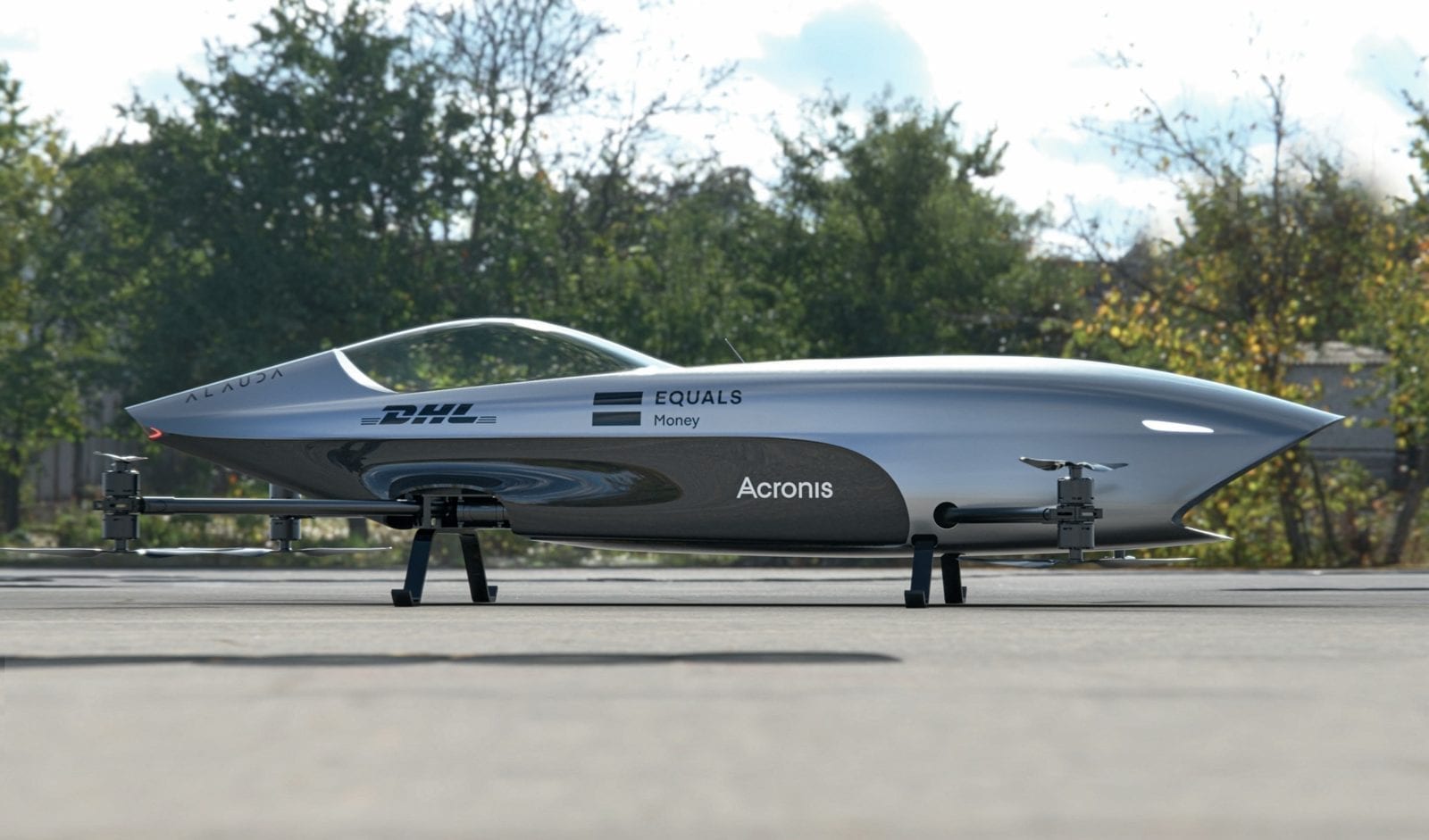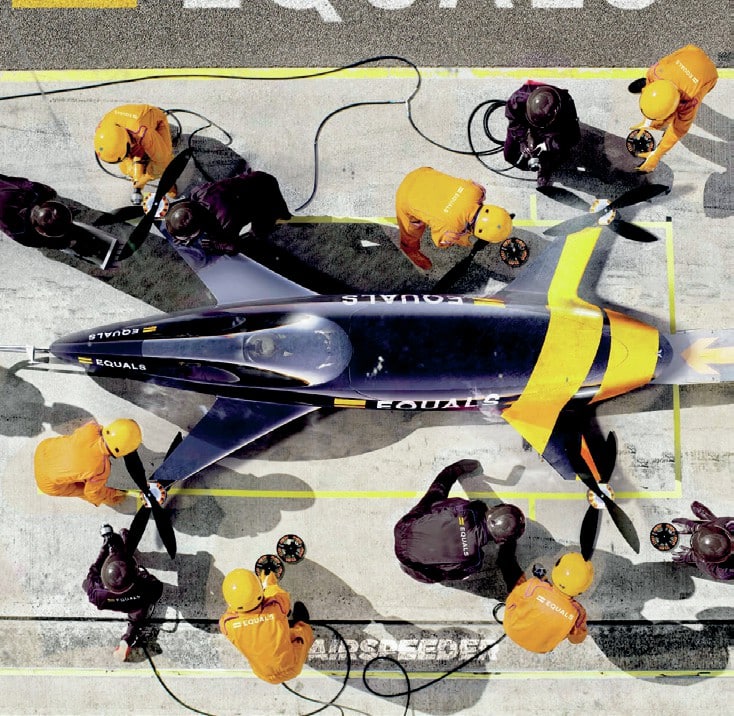Airspeeder flying racing 'car' has lift off

With eight rotors, a full carbon frame and a host of trick safety features, the Mk3 will make Airspeeder a reality. We're not sure it qualifies as a 'car' though
Organisers of the new Airspeeder racing series have lifted the covers off the world’s first full-sized electric flying racing car, which will star in a series of remotely piloted races across the course of 2021.
Three years in the making, Airspeeder finally revealed the Mk3 ‘octocopter’ racing machine that will form the basis of the new series. Initially, the new eVTOL vehicle will be raced by remote control for the first year, ahead of planned fully piloted events in 2022.
A total of 10 of the flying ‘cars’ will be produced by manufacturer Alauda, with final testing due to take place in Australia before the grid will compete in a yet-tobe-confirmed number of races.

The new machine will be raced remotely at first, but should accommodate pilots for 2022
Powered by eight independent rotors, the Mk3 is capable of reaching speeds of up to 75mph, has a full carbon-fibre monocoque frame and features a raft of safety devices, such as radar collision avoidance systems.
Airspeeder founder Matthew Pearson said: “This is a landmark moment in the dawn of a new mobility revolution. It is competition that drives progress and our racing series is hastening the arrival of technology that will transform clean-air passenger transport, logistics and even advanced air mobility for medical applications. The world’s first electric flying car races will take place this year and will be the most exciting and progressive motor sport on the planet.”
